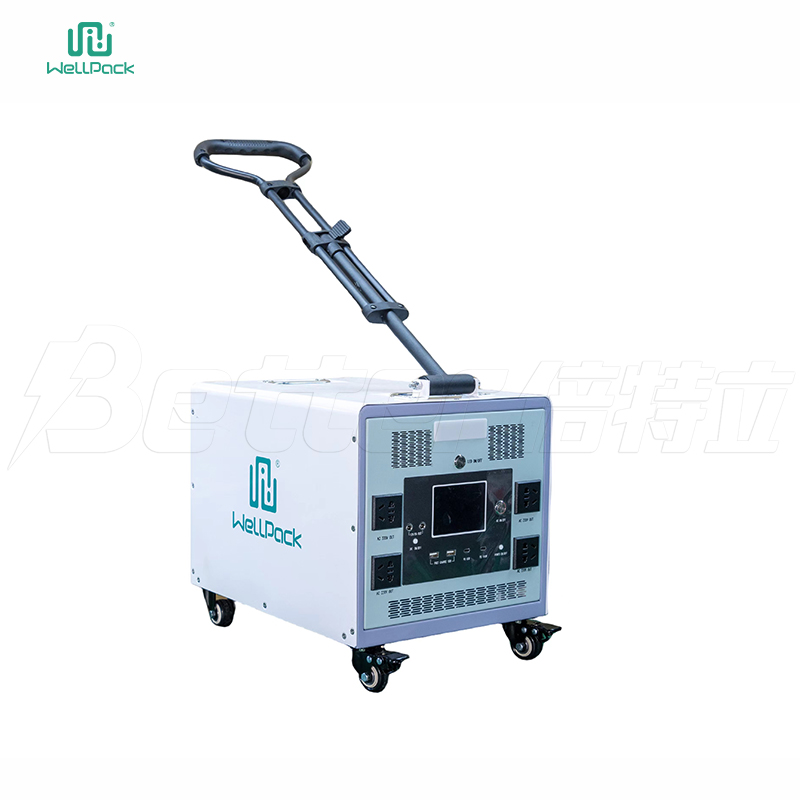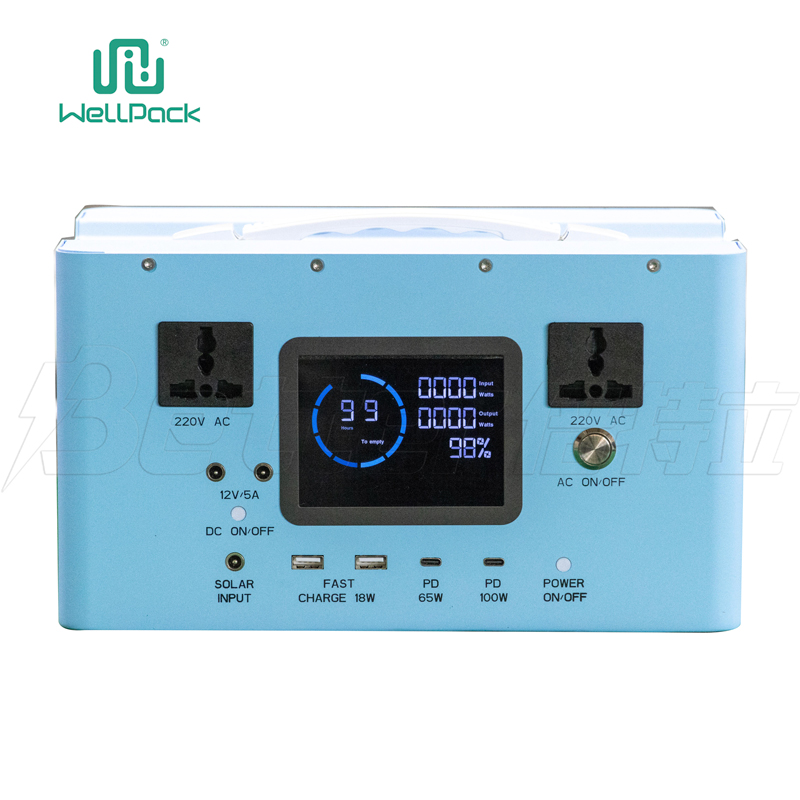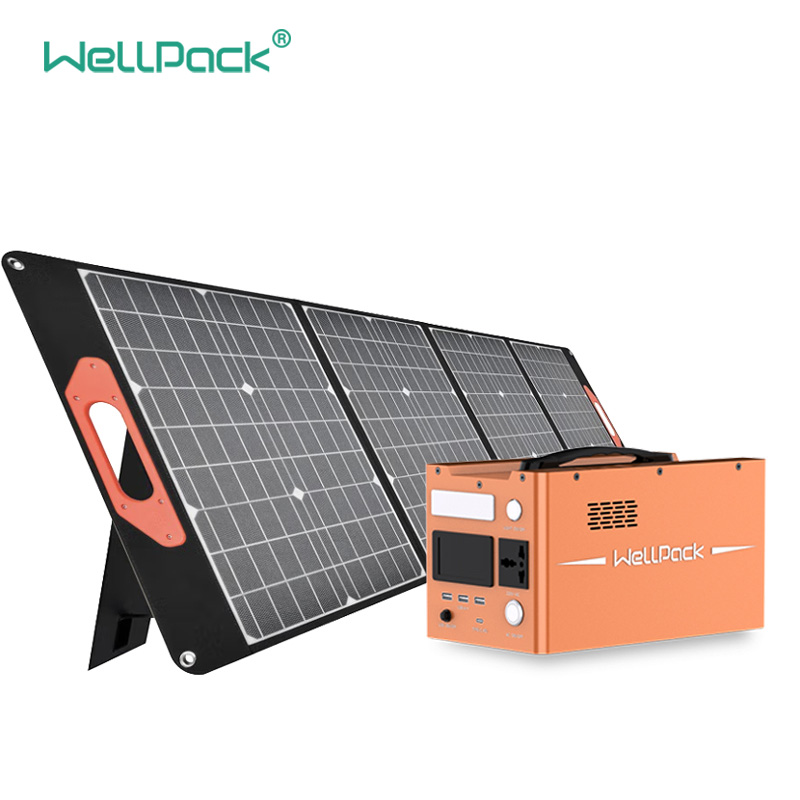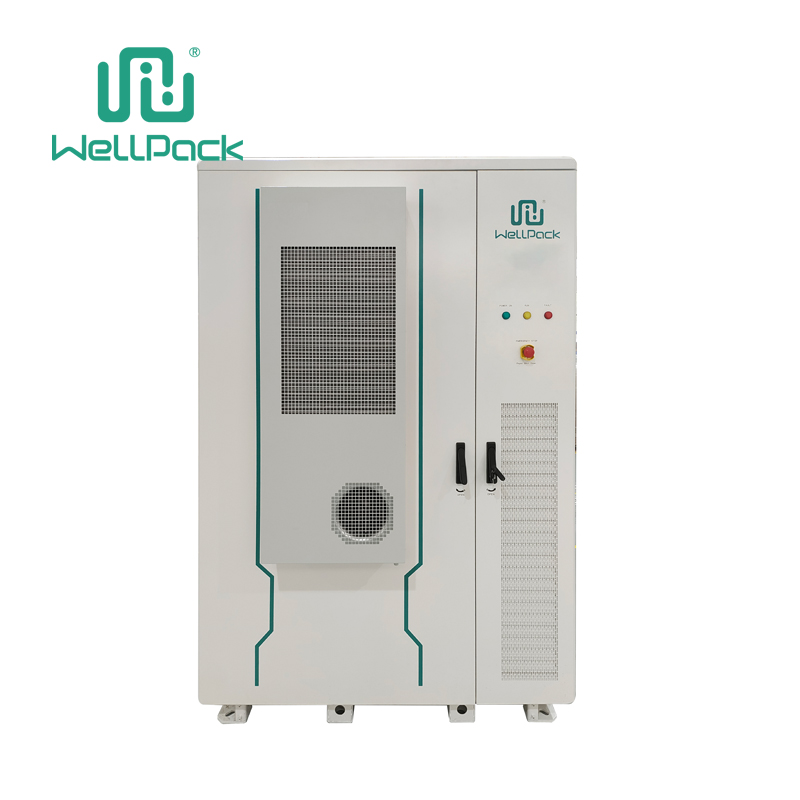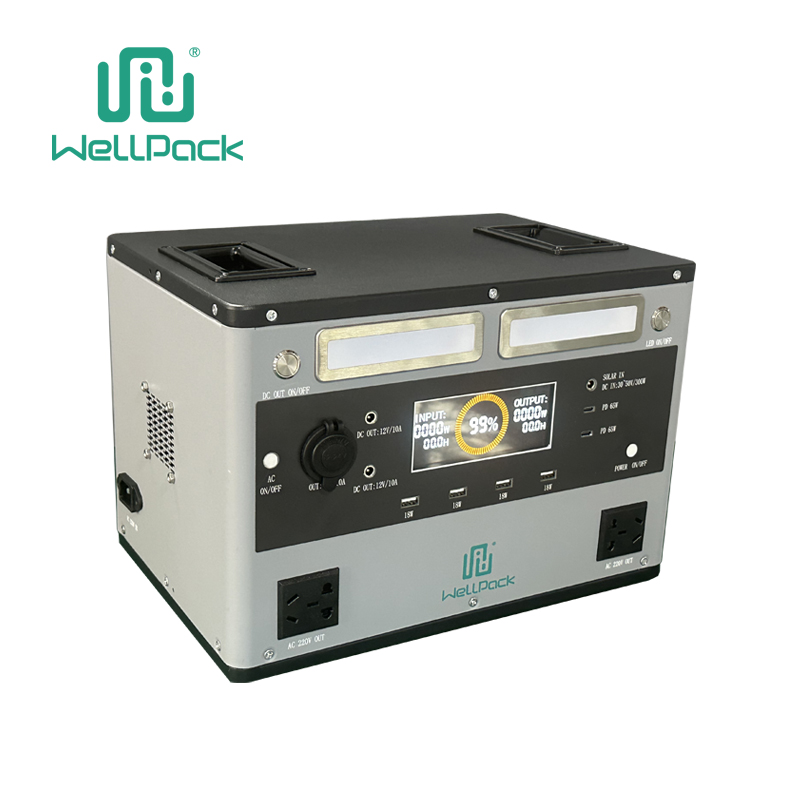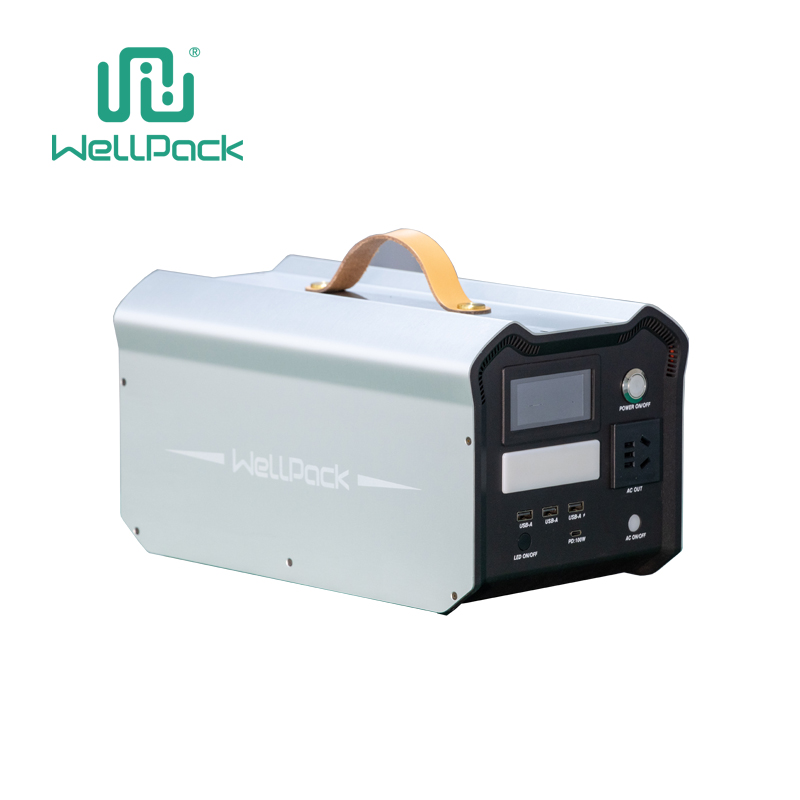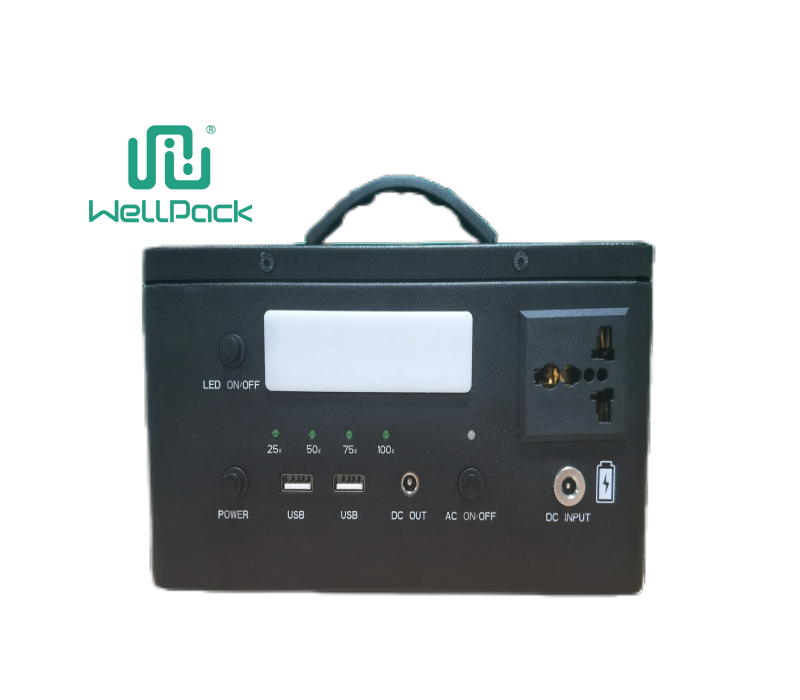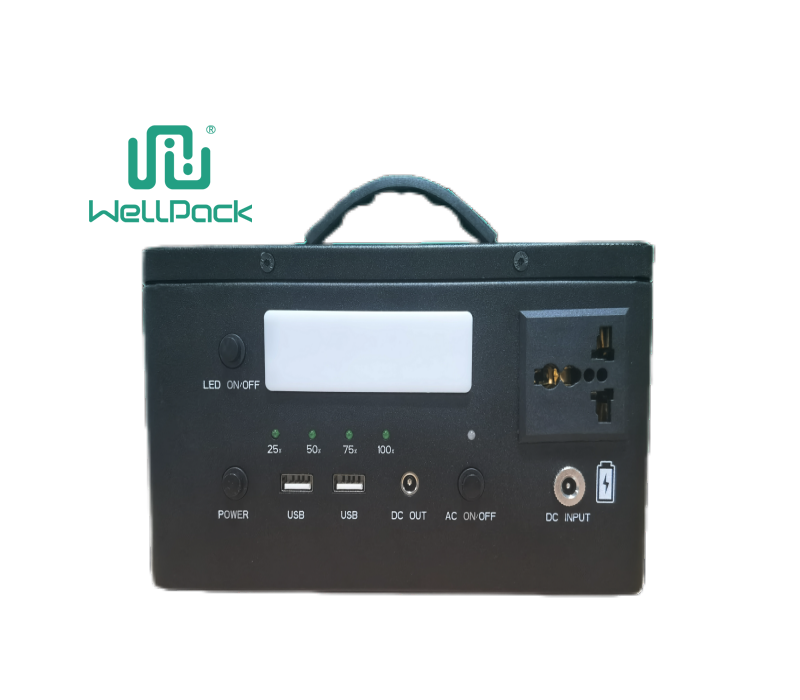Contents
What Is Depth of Discharge (DoD)?
Depth of discharge (DoD) simply tells you how much of the battery's total capacity you actually use before recharging. If a 100 kWh battery is drained to 20 kWh and then charged again, that's 80% depth of discharge. If you run it all the way down to nearly empty, that's 100% DoD.
Most people first meet this term when they notice their phone, electric car, or solar storage system dies much faster after a couple of years. The main reason is almost always how deep they regularly discharge the battery.
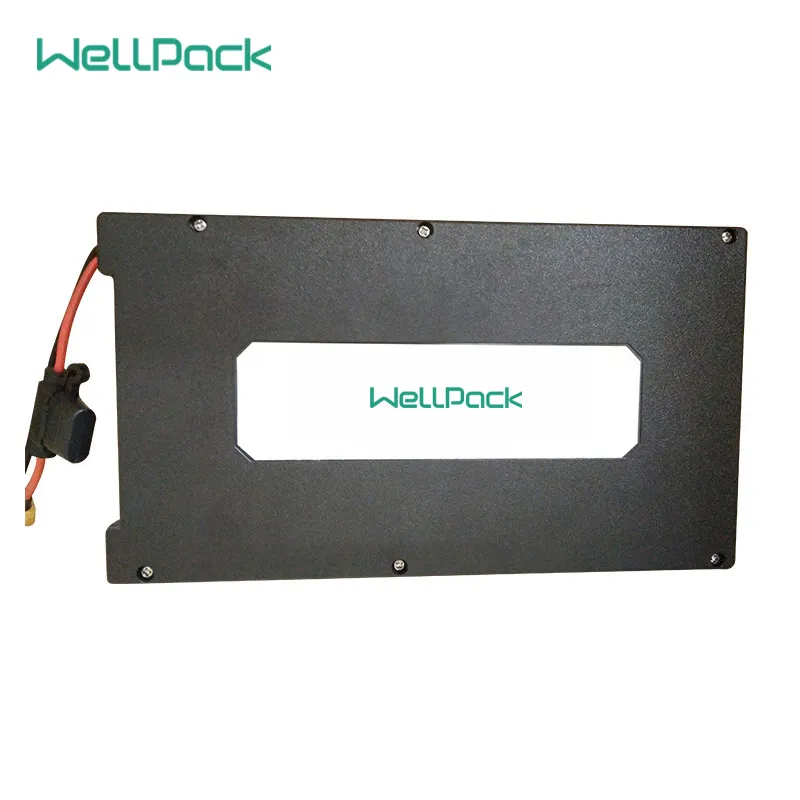
Why Depth of Discharge Directly Controls How Long Your Battery Lasts
Every time you pull electrons out of a lithium cell, tiny structural changes happen inside. The deeper you discharge, the more stress the cell experiences. Over hundreds or thousands of cycles, these small stresses add up and the battery holds less and less charge.
Manufacturers always list cycle life at a specific DoD. A spec that says "4000 cycles to 80% capacity” almost always means at 80% DoD. Push the same cell to 100% DoD every cycle and the real number often drops to half or less.
80% DoD vs 100% DoD: Real Difference in Cycle Life
For most modern LFP (LiFePO4) cells used in energy storage and EVs:
At 100% DoD → 2000–3500 cycles to 80% remaining capacity
At 80% DoD → 5000–8000+ cycles (sometimes over 10,000 in premium cells)
NCM/NCA cells (common in consumer electronics and some EVs) show an even bigger gap. Going from 100% to 80% DoD can easily double or triple the usable life.
In short: limiting depth of discharge to 80% typically gives you 2–3 times more total lifetime energy throughput than running to 100% every time.
How Different Lithium Chemistries React to Deep Discharge
Not all lithium batteries hate deep discharge equally.
LFP (Lithium Iron Phosphate): Very tolerant. Many installers run them at 90–95% DoD daily with only modest life reduction.
NCM 811 / NCA: Much more sensitive. Even 90% DoD can cut life by 30–50% compared to 80% DoD.
High-nickel cells used in long-range EVs almost always have BMS limits around 90–95% charge and rarely let you discharge below 5–10%, effectively keeping real-world DoD under 85–90%.
What It Means in Daily Use (EV, Solar, Forklifts, etc.)
Electric vehicles: Tesla, BYD, Rivian all charge to 100% only occasionally and recommend daily charging to 80–90%. That's why a five-year-old Model 3 still has 88–92% capacity left.
Home solar storage: If you size the bank to cover your evening load with only 80% of rated capacity, the batteries easily last 12–18 years instead of 7–9.
Material handling / forklifts: Many warehouses switched from lead-acid (50% DoD rule) to lithium and now run 80% DoD. They went from changing batteries every 3 years to every 10+ years.
How to Actually Set 80% DoD in Real Equipment
Most modern systems let you do it:
Inverter/chargers (Victron, Growatt, EG4, etc.): set charge voltage slightly lower and discharge cut-off higher.
BMS software (Pylontech, BYD, Tesla Powerwall app): directly set max DoD to 80%.
EV charging: just set the charge limit slider to 80%.
The small inconvenience of slightly less usable capacity pays back many times in reduced replacement cost.
Is Limiting to 80% DoD Worth the Money You Save on Replacement?
Quick math most buyers face:
A 10 kWh LFP bank costs about $3500–4500 today.
Scenario A – 100% DoD daily → ~3000 cycles → ~8 years before replacement.
Scenario B – 80% DoD daily → ~7000 cycles → ~19 years.
By giving up 20% of daily capacity, you more than double the lifespan. The effective cost per kWh delivered drops dramatically.
Common Myths About Depth of Discharge
Myth 1: "I paid for 100% capacity, I'm going to use it.”
Reality: You paid for total energy throughput over life. 80% DoD almost always delivers more kWh in the long run.
Myth 2: "Modern lithium batteries can handle 100% DoD fine.”
Reality: They can handle it, but cycle life drops sharply. Datasheets prove it.
Myth 3: "Partial discharge damages the battery (memory effect).”
Reality: That was nickel-cadmium. Lithium batteries love partial cycles and shallow depth of discharge.
Bottom Line: Choose 80% or 100% DoD?
If you need every last kWh every single day and budget is extremely tight right now → run 90–100% DoD and plan to replace sooner.
If you can oversize the bank by 20–25% (most people easily can) and want the lowest long-term cost and highest reliability → lock the system to 80% depth of discharge. Your battery will thank you with years of extra life.

